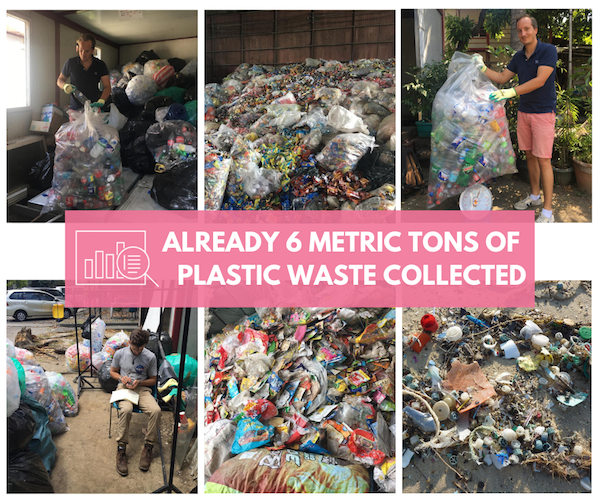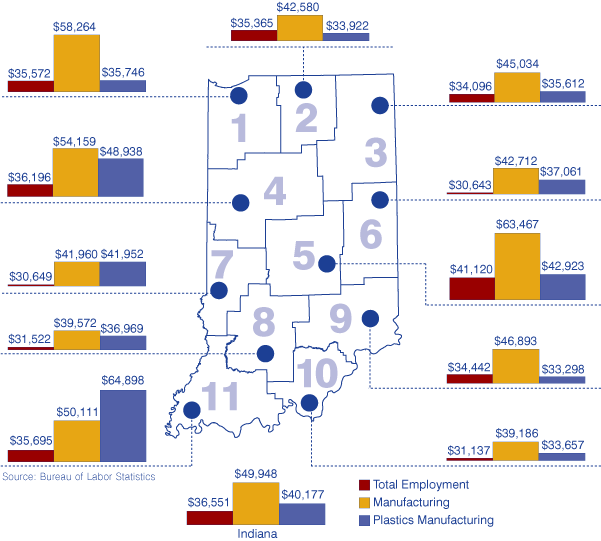Plastic has become integral in various industries, from packaging materials to automotive components. Its versatility and wide range of applications have made it indispensable in our daily lives. As a result, the demand for plastic products continues to skyrocket, making it an attractive industry for investors.
The increasing global population and urbanization contribute to the surge in demand for lightweight and portable solutions. Advancements in technology have also made plastic products more accessible and cost-effective.
Additionally, sectors such as construction, healthcare, electronics, and automotive heavily rely on plastic components due to their durability and versatility.
The packaging industry is a significant contributor to the rising demand for plastic products. With the rise of e-commerce, efficient and secure packaging materials are essential. Plastic offers excellent protection during transportation while being lightweight.
Overall, the growing demand for plastic products presents a promising opportunity for investors. With ongoing research and development efforts, the industry is expected to continue its upward trajectory.
Understanding the Plastic Market Landscape
The global plastic market is rapidly growing and projected to exceed $650 billion by 2027. This surge in demand can be attributed to changing consumer preferences, technological advancements, and environmental regulations. Consumers are drawn to the convenience, durability, and affordability of plastic products.
Technological innovations have led to the development of eco-friendly plastics with enhanced properties. Additionally, stricter regulations on single-use plastics have created opportunities for alternative materials. As the industry evolves, businesses must adapt and innovate to meet consumer demands while prioritizing sustainability.
| Key Factors Driving Demand for Plastic Products |
|---|
| 1. Consumer preferences and lifestyle changes |
| 2. Technological advancements and innovations in plastics |
| 3. Environmental regulations impacting alternative materials |
Identifying Promising Plastic Companies
In the competitive plastic industry, certain companies have consistently delivered impressive financial performance, making them promising investment opportunities. Well-established players like Exxon Mobil, Dow, LyondellBasell Industries, and Amcor have established themselves as leaders in the market.
When evaluating potential investments in plastic companies, it is crucial to analyze their financial performance, revenue growth, and market share. These factors provide insights into a company’s stability and potential for future success.
Additionally, investors should consider product portfolio diversification, competitive advantage, sustainability initiatives, and technological capabilities which impact a company’s long-term growth prospects and resilience in a changing market.
By considering these key factors – financial performance, market share, diversification, competitive advantage, sustainability efforts, and technological capabilities – investors can make informed decisions about investing in promising plastic companies.
Case Study: XYZ Plastics Inc.
XYZ Plastics Inc. is a leading player in the plastic industry, known for innovation and market dominance. They offer a diverse product portfolio catering to sectors like packaging, automotive, electronics, and more.
With consistent revenue growth and promising profit margins, XYZ Plastics Inc. demonstrates operational efficiency and financial stability. Recent developments include strategic acquisitions, expansion into new markets, and investments in sustainable practices.
These factors contribute to their long-term success and position them as an industry leader in responsible plastic production.
Investing Strategies in the Plastic Industry
Investors in the plastic industry can adopt different strategies to maximize returns and mitigate risks. Some prefer a long-term approach, capitalizing on the industry’s projected growth over several years. Others opt for short-term trading opportunities driven by market trends.
Diversifying investments across various sectors within the plastic industry, such as packaging, automotive, construction, and healthcare, allows for better risk management. Additionally, exploring related industries like recycling or sustainable materials can enhance growth prospects while contributing to environmental sustainability.
Overall, careful consideration of these strategies helps investors align their investments with their goals in this dynamic sector.
The Importance of Environmental Sustainability in Plastic Investing
Plastic consumption is on the rise, but so are concerns about its impact on the environment. Pollution and waste management issues have become significant points of discussion around the world. As investors, it is vital to be aware of these growing concerns and consider sustainability as a crucial aspect of our investment decisions.
Investing in eco-friendly plastic companies not only helps mitigate environmental risks but also supports positive change within the industry itself. These forward-thinking companies are at the forefront of developing innovative solutions to reduce plastic waste and promote a circular economy.
By investing in them, we contribute to creating a more sustainable future while potentially enjoying financial returns.
There are numerous environmentally conscious plastic companies worth considering when looking for investment opportunities. XYZ Plastics Inc., ABC Packaging, and PQR Plastics are just a few examples of such companies that have taken significant steps towards environmental sustainability.
They have implemented recycling initiatives, reduced their carbon footprint, and incorporated renewable materials into their products. These companies exemplify how businesses can align their practices with sustainability goals while remaining competitive in the market.
Investors who prioritize sustainability should keep these environmentally conscious plastic companies on their radar. By supporting them financially, we not only encourage responsible business practices but also send a powerful message to the industry as a whole – that profitability can go hand in hand with ecological responsibility.
Risk Factors to Consider When Investing in Plastic Companies
Investing in plastic companies carries its fair share of risks that should not be overlooked.
Market volatility, regulatory changes, reputational risks, changing consumer attitudes towards plastics, geopolitical risks, supply chain disruptions, and raw material price fluctuations are all factors that can significantly impact the performance of such investments.
Market volatility poses a challenge due to fluctuating demand for plastic products and evolving market trends. Regulatory changes worldwide, particularly regarding single-use plastics, can limit production and affect revenue streams. Changing consumer preferences towards more sustainable options may reduce demand for certain plastic products.
Geopolitical risks and supply chain disruptions can disrupt global operations and access to raw materials. Fluctuations in raw material prices directly affect production costs.
To make informed investment decisions within the plastic industry, thorough analysis of these risk factors is essential. Researching market dynamics, regulatory environments, consumer trends, geopolitical issues, and supply chain stability allows investors to manage their risk exposure effectively.
By addressing these risk factors head-on, investors can navigate the challenges while capitalizing on opportunities within the plastic industry.
Conclusion: Making Informed Investment Decisions
Throughout this article, we have explored the potential investment opportunities within the booming plastic industry. By analyzing market growth projections, identifying promising plastic companies, examining a case study, and discussing various investment strategies, we have gained valuable insights into making informed investment decisions.
Before investing in the plastic industry or any other sector, conducting thorough research is crucial. This includes analyzing financial data, understanding market trends, evaluating risks, and staying updated on industry developments.
Seeking professional advice from financial experts can help tailor investment strategies to individual goals, risk tolerance levels, and time horizons.
Investing in the plastic industry offers significant potential for growth and profitability. However, it is essential to approach it with caution and make well-informed decisions based on knowledge and expertise.
By understanding market trends, evaluating risks diligently, and seeking professional advice when needed, investors can maximize their chances of success in this dynamic industry.
[lyte id=’-2O1rsloD8Y’]






